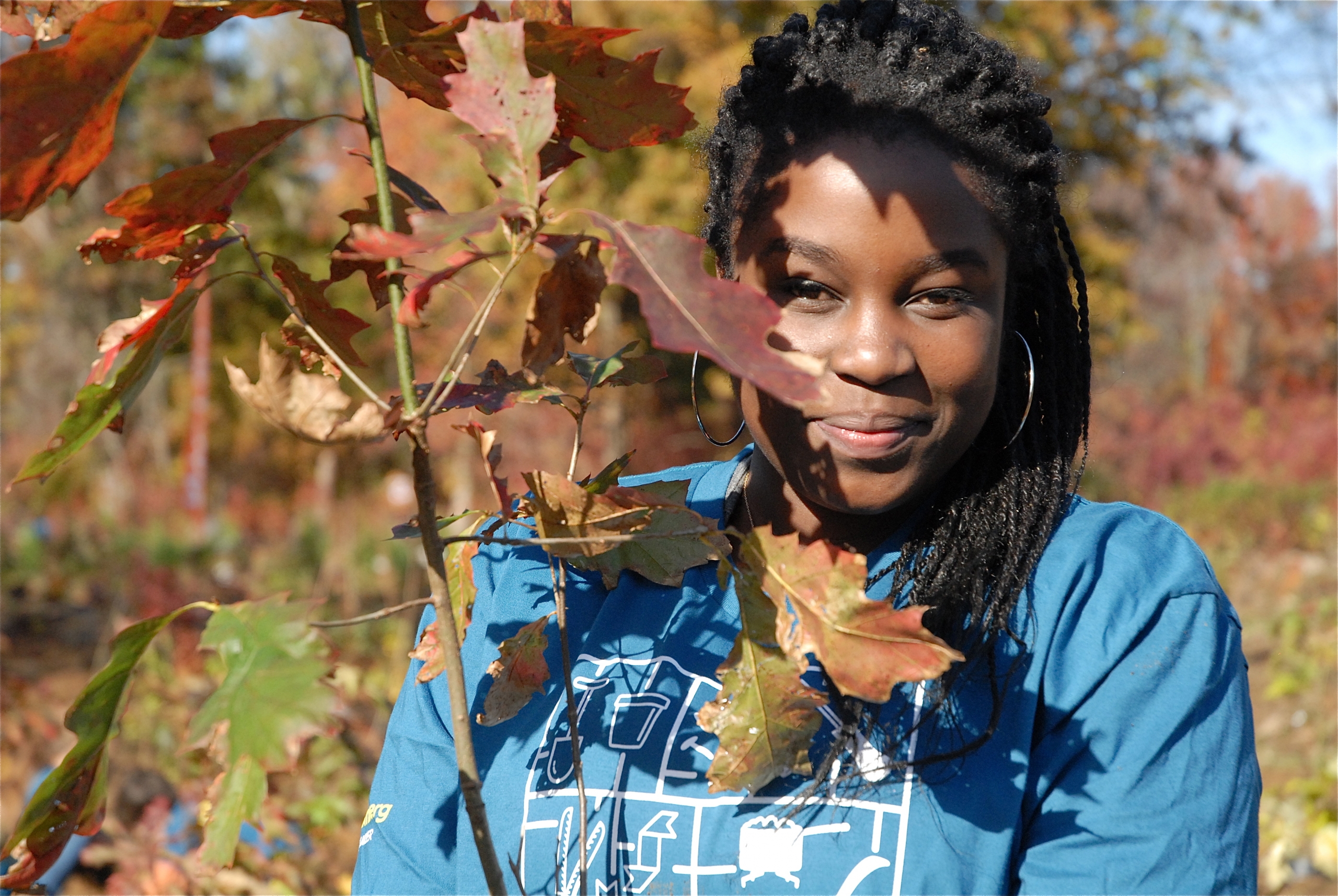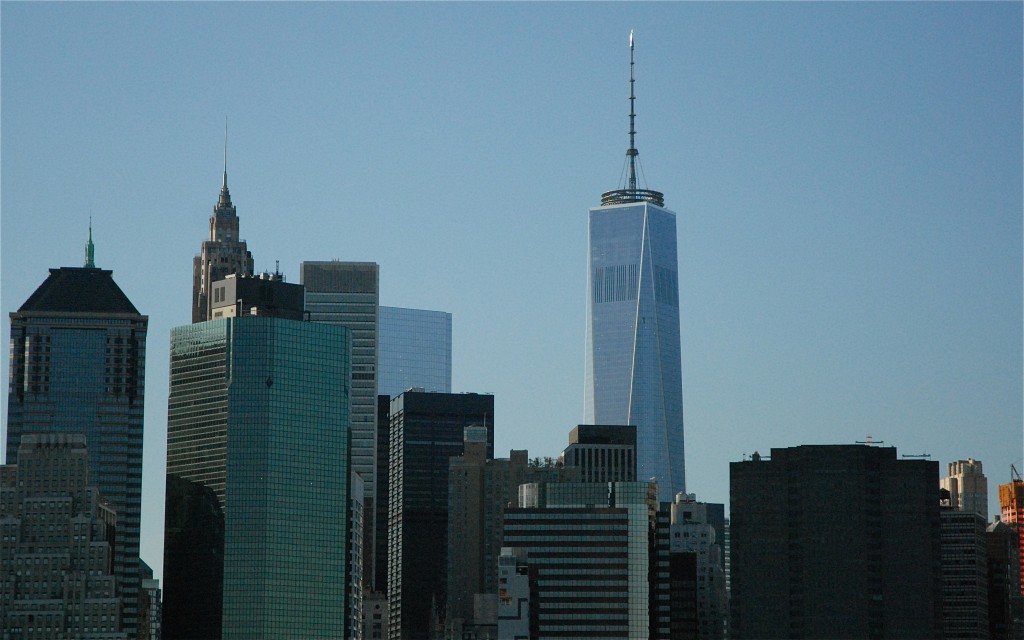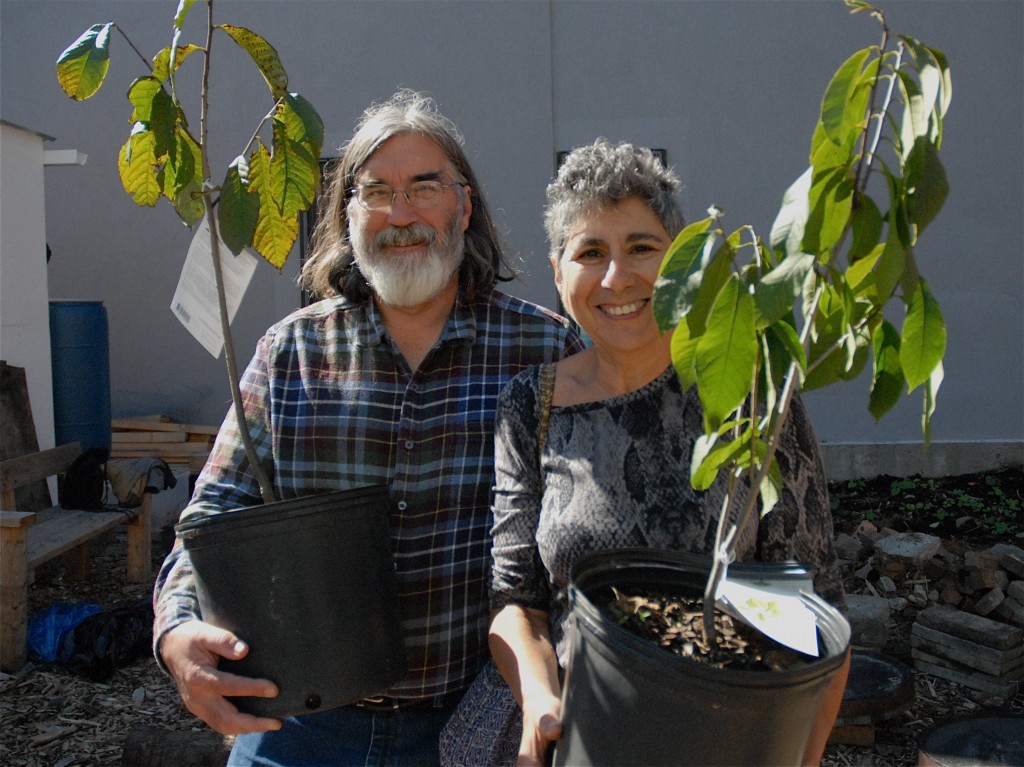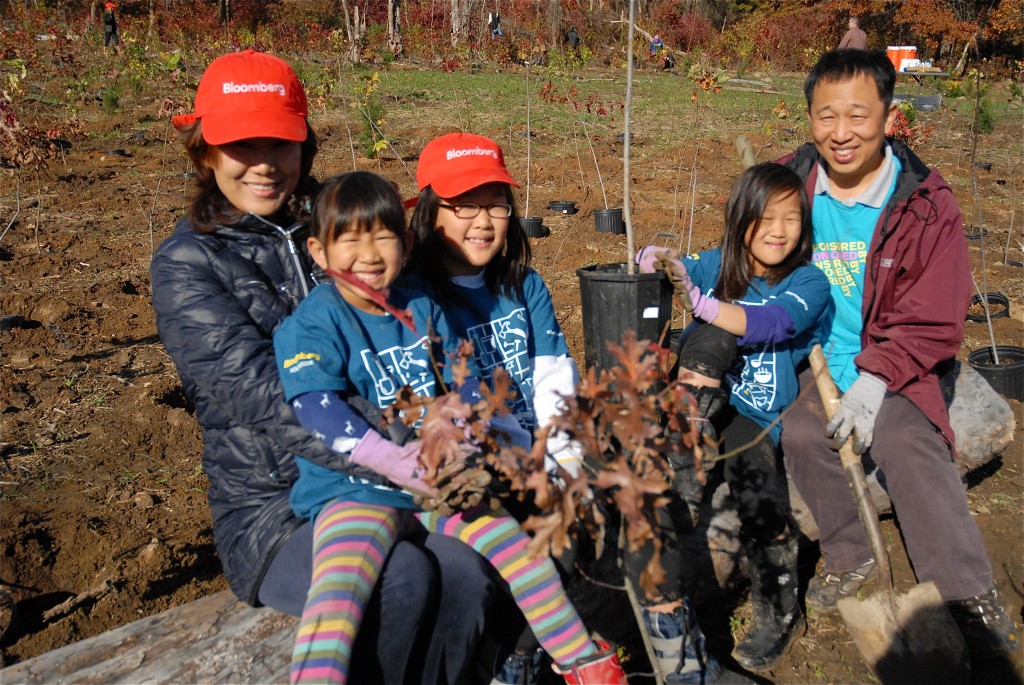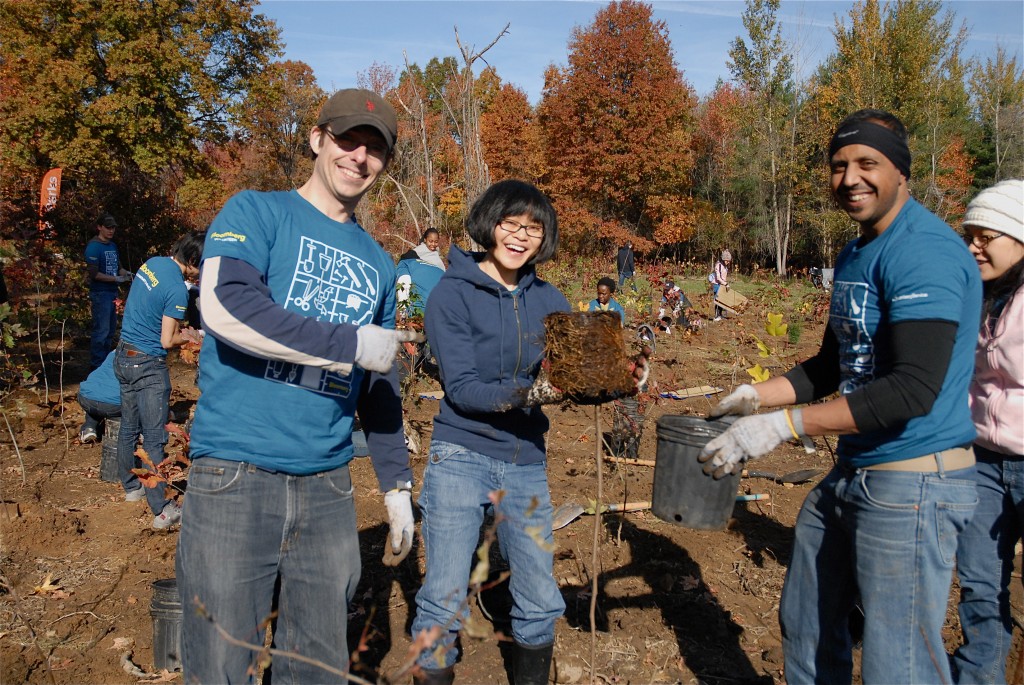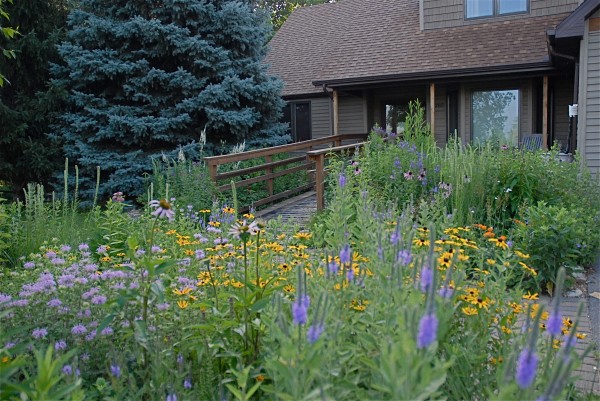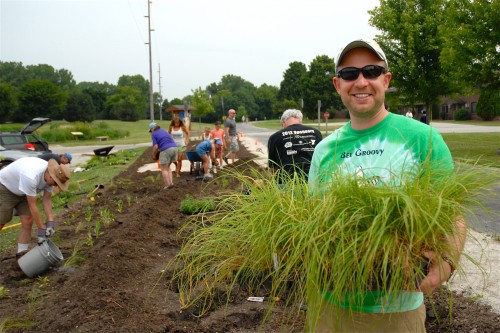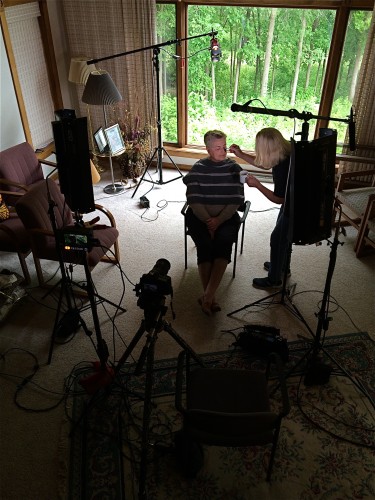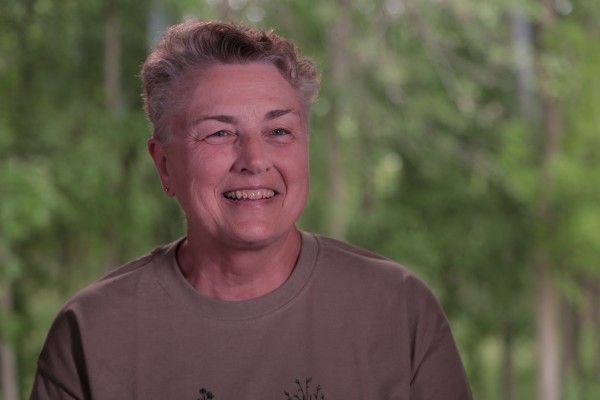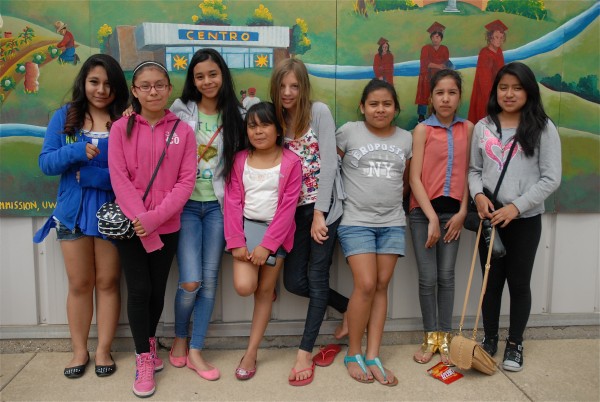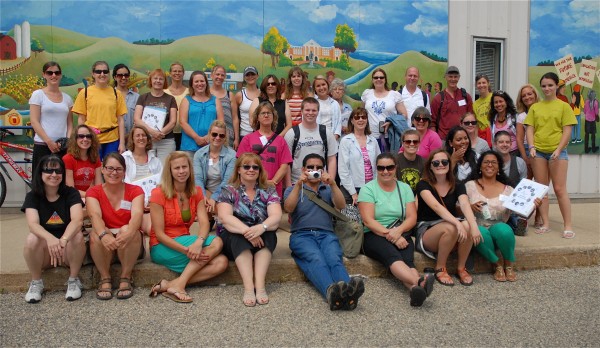A Tree Grows in…
The light is fading as we cruise down Interstate 95, on our way home to Maryland, after a week of filming in New York City for Hometown Habitat. What an unexpected story we travel to tell of the growing tree canopy in New York City’s five boroughs. My imprinted image of the city is asphalt, concrete, glass, metal, no birds, no bees, definitely no butterflies … But, as documentary filmmakers, we try to set aside those images and let the story unfold. And so it has.
It turns out something really marvelous has been happening in NYC. Tree planting! And lots of them! Million TreesNYC Campaign set out in 2007 to restore and increase the tree canopy by a million trees in ten years. Unbelievably, the project is two years ahead of schedule!
It all started with studies that showed that the population of New York City would swell to one million more people by 2030. Big problem. The carrying capacity of the city, the ability for the environment to sustain all those people with food, habitat, water, clean air and other essentials available in the environment, was clearly not possible. So the Bloomberg administration took a very progressive, science based approach to the issue and created PlaNYC, a sustainability and resiliency blueprint for New York City. The Million TreesNYC campaign was just one of the 127 initiatives launched by PlaNYC to keep pace with the population projection.
Hometown Habitat focuses in on the partnerships formed and the habitat heroes that make planting one million trees feasible.
Enter the US Forest Service and GIS mapping. Using i-Tree , the US Forest Service collaborated with NYC Parks to determine the existing New York City tree canopy. “i-Tree provides baseline data that you can use to demonstrate value and set priorities for more effective decision-making.”

Jacqueline Lu, Director of GIS for NYC Parks, explains that GIS mapping made it possible to embark on this massive scale, greening campaign. image from Hometown Habitat Director, Catherine B. Zimmerman
This tool allowed NYC Parks to map tree canopy and quantify the value of trees. They discovered that for every dollar spent to plant a tree, the gain would be five dollars in eco-systems services such as, storm water capture, air quality improvement, climate control, nutrient mitigation, habitat, pollination and recreational benefits. And the very cool thing is, these are not one-time benefits. Trees can live well beyond the lives of the people planting the trees and continue delivering these amazing services for many years and generations of New Yorkers to come.
GIS tracking allowed New York City Parks and Recreation to target parts of the city with critical needs for tree canopy. It turns out those areas with low tree density also had higher health issues, such as respiratory illness. That’s where planting began.
That brings me to the rest of the story, how to plant one million trees? Partnerships! NYC Parks & Recreation, The New York Restoration Project, community volunteers and private citizens are planting and growing the NYC tree canopy. Seven years into the program, it is a smooth running operation.
NYC Parks and Recreation installs trees in right-of-ways with contractor crews and plants in natural areas, with support from citizen volunteers. Only native trees are planted in the natural areas.
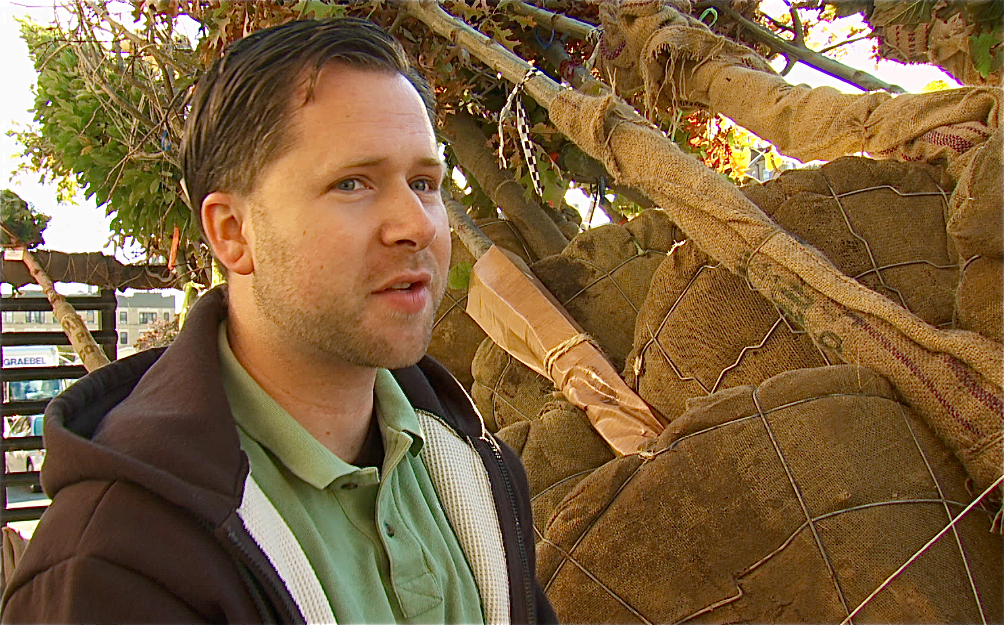
Matthew Stephens, Director of Street Tree Planting, inspects tree quality as he explained the planting process and the amazing increase in annual tree installation from 6000 trees per year to well over 20,000 per year since the program began. image from Hometown Habitat Director, Catherine B. Zimmerman
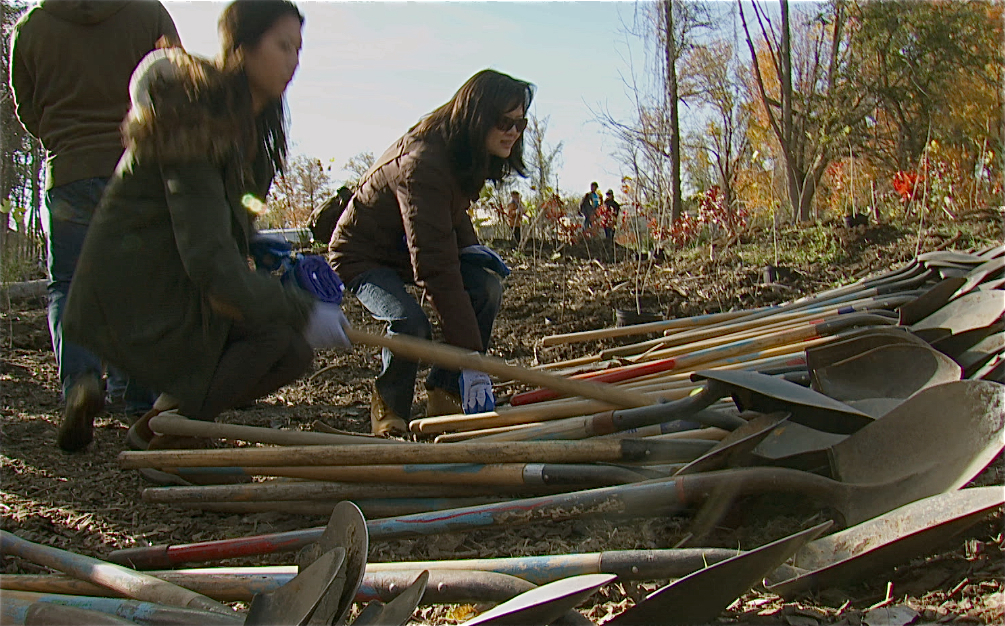
Volunteers at Pelham Bay Park restoration planting begin the day! image from Hometown Habitat Director Catherine B. Zimmerman
The New York Restoration Project works with private property owners to plant trees and collaborates with local non-profits to sponsor tree give-aways to residents who want to plant trees.
The result. Many, many new trees and many new tree stewards. We saw this in action when we filmed natural area restoration efforts. Hundreds of volunteers, family, friends and co-workers showed up, rain or shine, to help restore precious tree canopy. In the last event we filmed at Pelham Bay Park, 5000 trees were planted in one morning! All with volunteers. An army of Habitat Heroes!
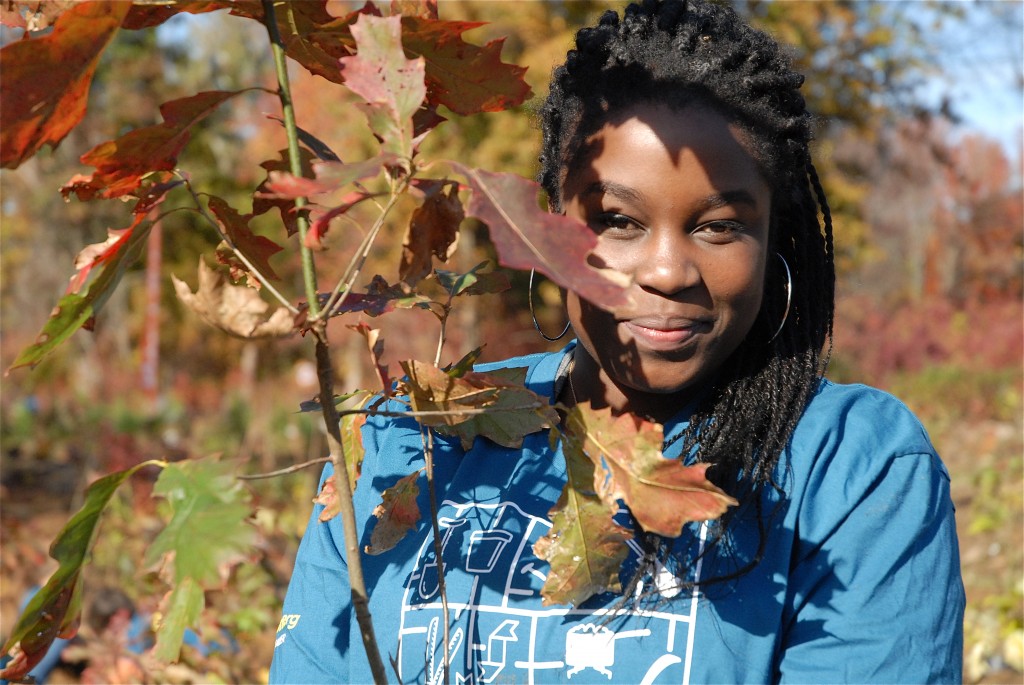
Rebecca decided planting trees in Pelham Bay Park was a fine way to spend her birthday! photo Catherine B. Zimmerman
So, this is what is possible, a million trees in ten- NO- eight years! Bravo, New York City and citizens! You are a true model for cities across the country.

